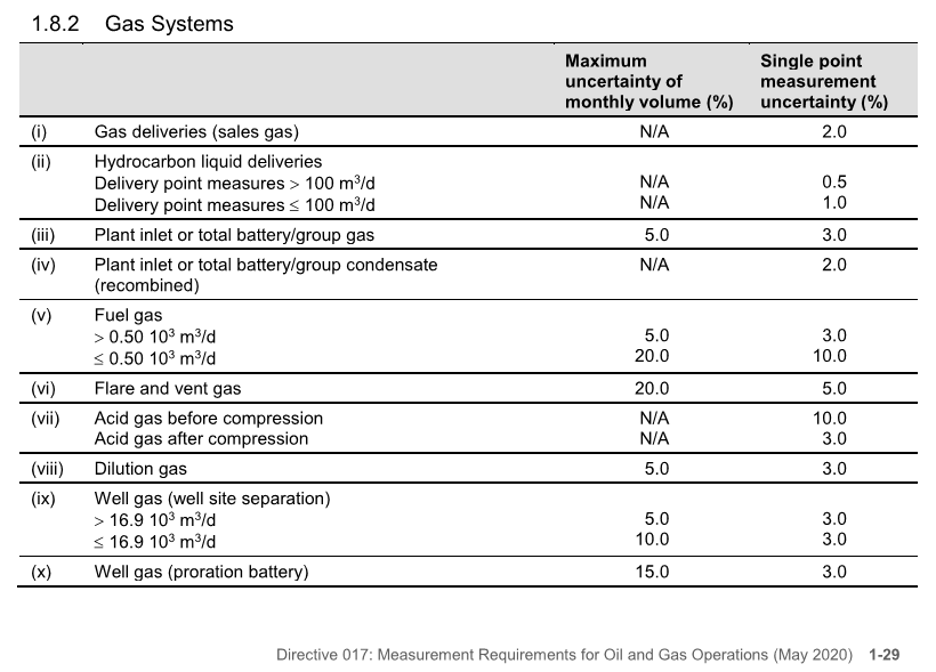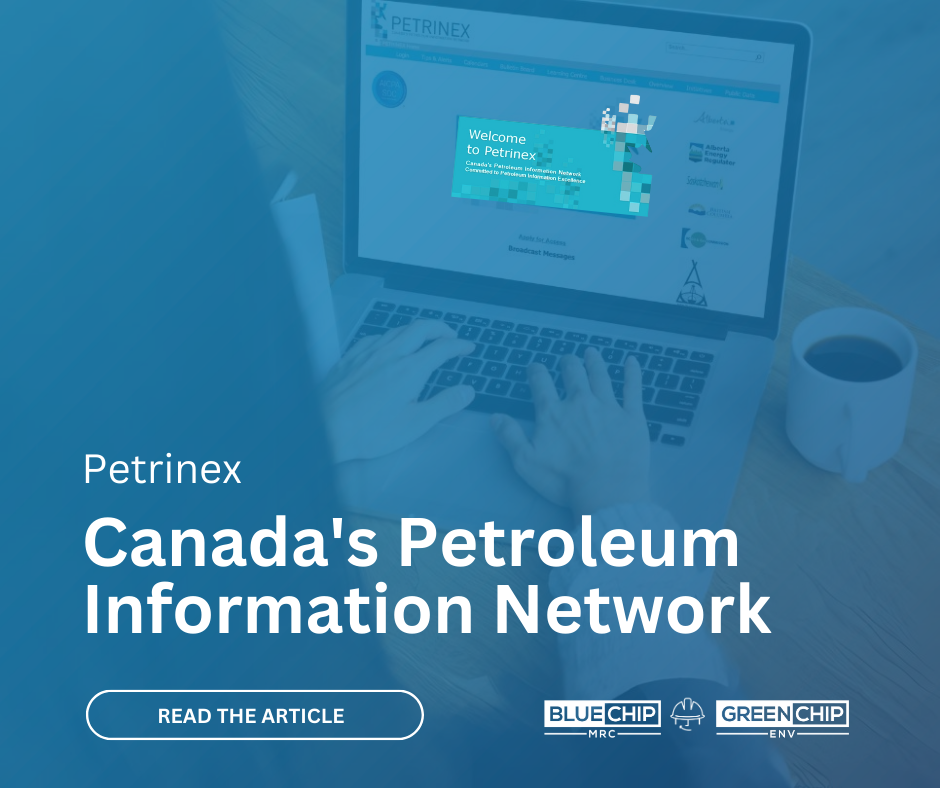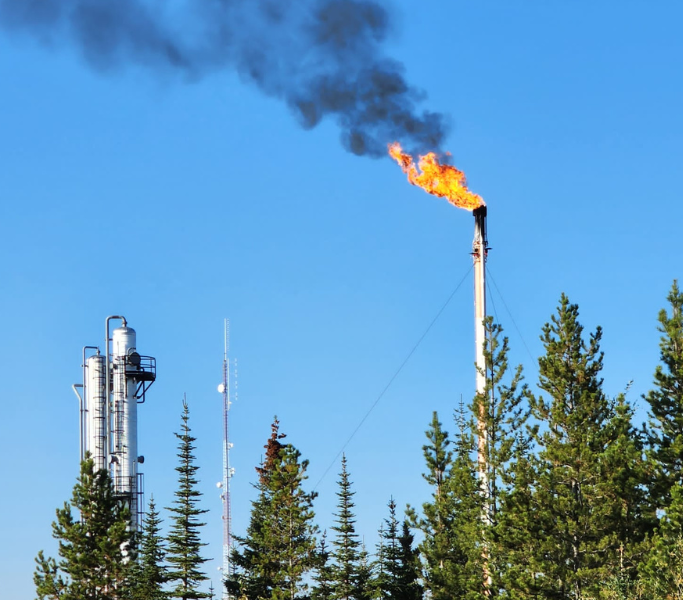There are Directives, Guides, Acts, and Recommended Practices in Western Canada. Every producer, midstream operator, downstream operator, and vendor has different opinions about how and where gas should be measured. So, what should be your standard?
While the regulators, Saskatchewan’s Ministry of Energy and Resources (SMER), Alberta’s Energy Regulator (AER), British Columbia’s Oil and Gas Commission (BCER), and Measurement Canada, all have documented requirements and recommendations for what to measure and what can be estimated, operators should review their internal risks and exposures to determine if the regulatory minimums are sufficient to protect your environmental and financial interests.
Accuracy or Uncertainty
Before we can dig into whether the regulator’s minimum thresholds are sufficient, we first must understand what the regulations are predicated on, uncertainty. One of the most common questions we get is: “How accurate does my meter need to be for this sales point?”
To answer this question, we must first understand what is being asked. What is accuracy?
What is accuracy?
Oxford defines accuracy as: “the degree to which the result of a measurement, calculation, or specificationconforms to the correct value or a standard.”
No two meters will ever measure the same product the same, ever. There are many factors prohibiting this; wear on the respective meters, turbulence of the product coming into the meter, imperfections of the meter bodies, errors in the respective meter pickups, and so on. It is for this reason that accuracy is a term that cannot be used to identify what meter can be used for a given application.
So, what is uncertainty and how does it differ from accuracy?
Uncertainty, as defined by the AER, relates to the limits applicable to the equipment and/or procedures used to determine a specific volume at a single measurement point. In upstream applications in Western Canada, products are reported as a function of volume as opposed to mass. It is for this reason that all aspects of that metering point be considered. Examples of the questions that operators, engineers, or measurement personnel should be asking include:
- What effect on the measurement is the calibration practices going to have?
- How many secondary measurement devices are associated with the meter and what effect are they going to have?
- How accurate is the gas composition (compressibility calculation) of the gas and what is that effect?
What is the Uncertainty of my Meter?


Uncertainty Risk
Finally, I would advise operators to identify high-risk metering points and calculate their respective metering uncertainties and develop standards as to what are acceptable standards for your organization. A solid measurement program will help provide governance on what meters should be used where and how they should be maintained. This includes having accurate metering schematics and a solid understanding of working interests, the required reporting delineation, and product streams.
If you’re interested in learning more on this topic, or have additional questions, please send me an email, I would love to hear from you, to waynedunnington@bluechipmrc.com
Know someone who might be interested in this article? Share it with them!
Until next time…




